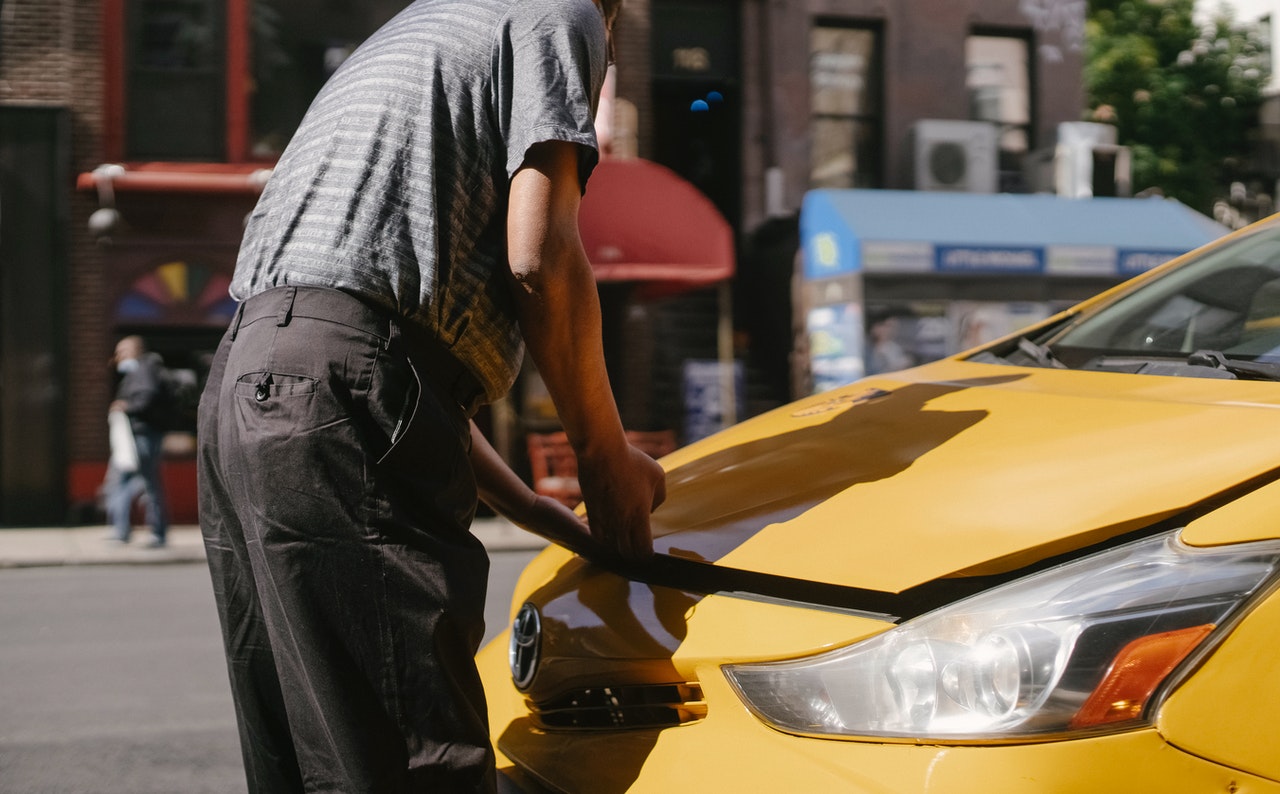
Alright. So you’ve picked out a second user car you wish that’s in your price range. Before you create a suggestion, you would like to examine it to make sure you’re not buying a lemon. this can be especially important if you’re buying directly from the owner. Your best bet is to require the car to a mechanic you trust and let him look it over for any defects. If you don’t have a mechanic handy, here’s how you’ll inspect a second-hand car.
CarFax. Get one. CarFax may be a comprehensive report of a vehicle’s history. The report costs money to shop for, but it’s definitely worthwhile. The report can tell you if the car has sustained flood or frame damage, two stuff you want to steer afar from when purchasing a second user car. All you wish to run a history check that the car’s vehicle number (VIN) , just under the windshield on the driver’s side or on the driver’s side entrance, just under the locking mechanism.
Initial Inspection
Before you begin the car, provide it this primary inspection:
- Look underneath the car for rust. A second-user car with a rusted frame isn’t structurally sound. While a rusted frame may be salvaged, it may be expensive and time-consuming. Choose another car.
- Check the tires and wheels. Search for even tire wear. Uneven wear within the front could mean the wheels or suspension are out of alignment.
- Inspect the outside. Seek for recent paint jobs as this might indicate body damage. you’ll sometimes detect paint jobs by finding over-spray on the rubber window molding. listen for a change in tone that reveals patchwork after tapping along repainted areas.
- Check the inside. You don’t need a used car that’s been torn to shreds on the within. When inspecting the inside, check the odometer. If the car says it’s low miles, but the wear and tear and tear on the within seems like it’s been to hell and back, something could be up.
- Look under the hood. If you see rounded or stripped nuts and bolt heads, it may be a sign of shoddy repair work. While you’re under there, check the spark plugs to work out if they’re newer than the remainder of the engine. If they’re, that’s an indication the car has undergone regular maintenance and tune-up. That’s an honest thing.
- Kick a tire. Only for the hell of it.
ALSO READ: Defining The Art Of Car Photography
Test Drive
- Drive it cold. a chilly engine will tell you lots more than a warm one will.
- Plan your route. you wish your test drive route to be the same as your daily driving experience. how does she feel on the expressway given that the car might drive nice on neighborhood streets? False impression your route with freeways, city streets, rural roads, and parking lots.
- Turn the key. Does the car start easily? While turning, does the engine make any funny noises? Must one turn the key plenty to urge the car started?
- Check controls. Test the wiper, lights, radio, and cooling system controllers. There shouldn’t be any noticeable call in engine performance once you activate the A/C.
- Check the transmission. If the car is a transmission, it shouldn’t make any loud clunking noises or hesitate after you switch gears. A manual transmission should shift smoothly. It could mean the synchronizers are bad if you hear any grinding noise when shifting. Also, check the clutch of a manual transmission by going slowly uphill during a more than normal gear, like 3rd or 4th gear. If the clutch is sweet, the RPM will decrease and nearly stall. the engine will rev if the clutch is bad, but it won’t go anywhere.
- Check the brakes. Find a road with no traffic and accelerate to about 50 mph. Hit the brakes hard. If the car pulls to the correct or left, it’s going to mean you have got a loose brake caliper or there’s not enough hydraulic fluid on the side it’s pulling to. Also, if you’re feeling shuddering after you brake, it could mean the brakes are warped. The pedal should also feel firm once you move on that. If the brake sinks all the thanks to the ground, you’ll replace the brake cylinder.
- Check the alignment. While driving, take your hands off the handwheel for an instant and see if the car pulls in one direction. If it does, you would possibly have some front-end alignment problems.
- Check for smoke. You’ll need a buddy for this test. While driving full speed, take your foot off the accelerator completely for some seconds, then floor it again. If you see a blue cloud of smoke, it means oil is burning and also the car has internal engine problems that will require an engine overhaul.
- Take the car over a bumpy road. try how the car responds to the bumps. If you are feeling the bumps plenty, the shocks are probably worn.
- Listen. If you hear rattles, groans, and clunks, that’s a controversy. Sure, the ailment could be repairable, but why waste it slow or money?
